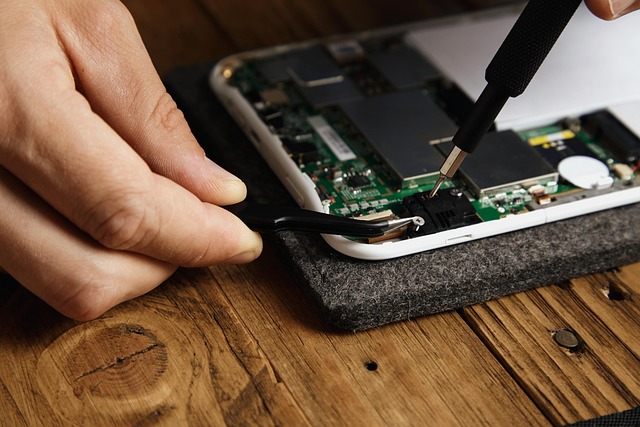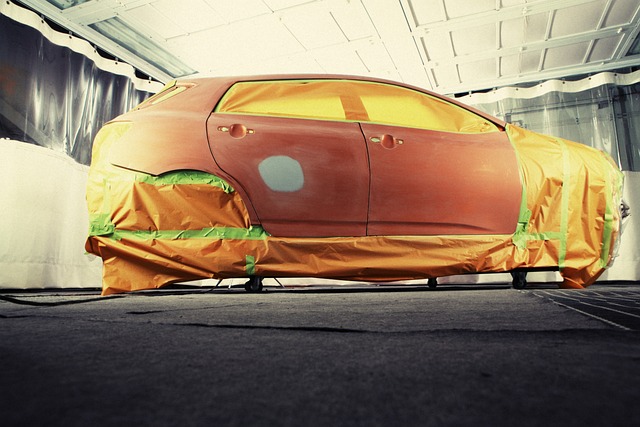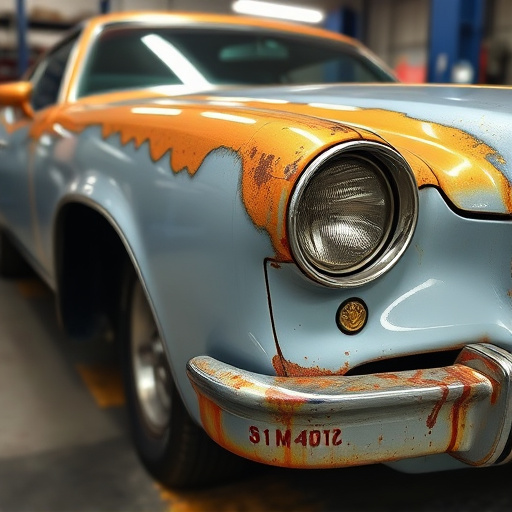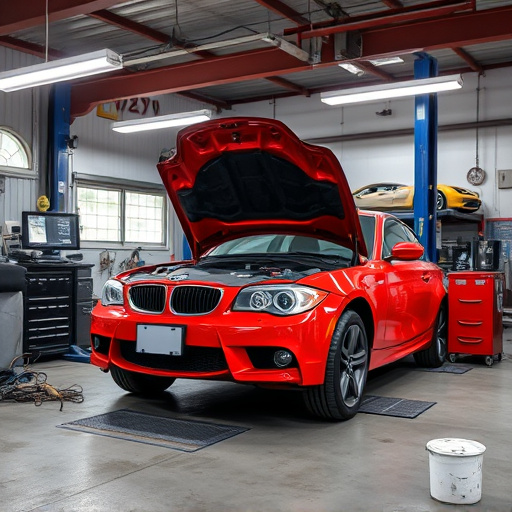Composite material replacement is a cost-effective, specialized technique in the automotive industry, repairing damaged composite parts instead of replacing entire components to reduce waste and maintain structural integrity. Though slightly less durable than original parts, composites offer design flexibility, lighter weights, environmental benefits, and lower labor costs, making them a compelling choice for modern vehicle repairs, especially in collision shops seeking an eco-friendly, cost-effective solution without precise fitment constraints.
In today’s competitive landscape, understanding the nuances between composite material replacement and full part replacement is crucial for optimizing costs and performance. This article delves into these strategies, offering a comprehensive guide on their respective merits. From “Understanding Composite Material Replacement” to exploring the “Advantages and Disadvantages of Full Part Replacement,” we provide insights into cost-effectiveness, durability, and environmental impact. By the end, readers will grasp the key factors driving material selection in various industries.
- Understanding Composite Material Replacement
- Advantages and Disadvantages of Full Part Replacement
- Comparative Analysis: Cost, Durability, and Environmental Impact
Understanding Composite Material Replacement
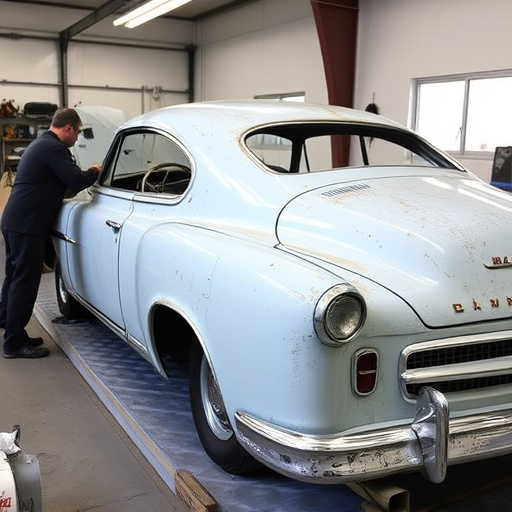
Composite material replacement is a specialized technique gaining traction in the automotive industry. Unlike traditional full part replacements, this method involves repairing and restoring damaged composite materials—a lightweight and durable alternative to metal. By focusing on specific areas of damage, such as dents or cracks, technicians can effectively return composite components to their original state without needing to replace entire parts. This process not only reduces waste but also preserves the vehicle’s overall aesthetics and structural integrity.
Understanding composite material replacement begins with recognizing its benefits. It’s a cost-effective solution for body shop services, offering quicker turnaround times and lower labor costs compared to full bumper repair or more extensive composite part replacements. Moreover, this approach is ideal for paintless dent repair, where the exterior finish remains intact, ensuring a seamless and nearly invisible repair. By leveraging advanced tools and techniques, technicians can accurately match the composite material’s properties, resulting in a durable and visually appealing fix.
Advantages and Disadvantages of Full Part Replacement

In the debate between composite material replacement and full part replacement, each option presents a unique set of advantages and disadvantages. When considering auto maintenance and vehicle repair services, full part replacement offers several benefits. It ensures immediate structural integrity and can be more cost-effective for certain components, especially in classic car restoration projects where original parts are scarce or expensive. Moreover, replacing an entire part can be simpler than trying to integrate composite materials into existing frameworks, streamlining the repair process.
However, full part replacement also has its drawbacks. Original equipment manufacturer (OEM) parts may no longer be produced, leading to availability issues and higher costs for rare models. Additionally, complete replacements might not always provide the precise fit and finish of original parts, impacting both aesthetics and performance. In contrast, composite material replacements offer versatility in design, lighter weights, and potentially lower environmental impact, making them an attractive option for modern vehicle repair services.
Comparative Analysis: Cost, Durability, and Environmental Impact

When comparing composite material replacement to full part replacement in automotive repair, specifically within the realm of collision repair shops, several key factors come into play. In terms of cost, composite replacements often present a more economical solution due to their lightweight nature and ability to be molded into complex shapes, reducing material waste compared to traditional metal parts. This advantage is further amplified when considering the labor costs associated with intricate fabrication required for full part replacements.
In regard to durability, while both options offer significant improvements over older repair methods, composites may exhibit slightly lower resistance to extreme weather conditions and impact damage compared to metal parts. However, continuous advancements in composite material technology are addressing these concerns, making them increasingly suitable for vehicle bodywork applications. Furthermore, from an environmental perspective, composite materials contribute to reduced carbon footprints due to their ability to be fabricated from renewable resources and lighter weights, which translates into better fuel efficiency in automotive repair shops.
When considering the future of manufacturing and repair, the decision between composite material replacement and full part replacement is pivotal. Each option presents a unique blend of benefits and drawbacks. Through a comprehensive analysis of cost, durability, and environmental impact, it’s evident that composite material replacement offers a sustainable, cost-effective solution without compromising structural integrity. As industries strive for efficiency and eco-friendliness, embracing advanced composite materials can drive innovation while minimising waste and resource consumption.

